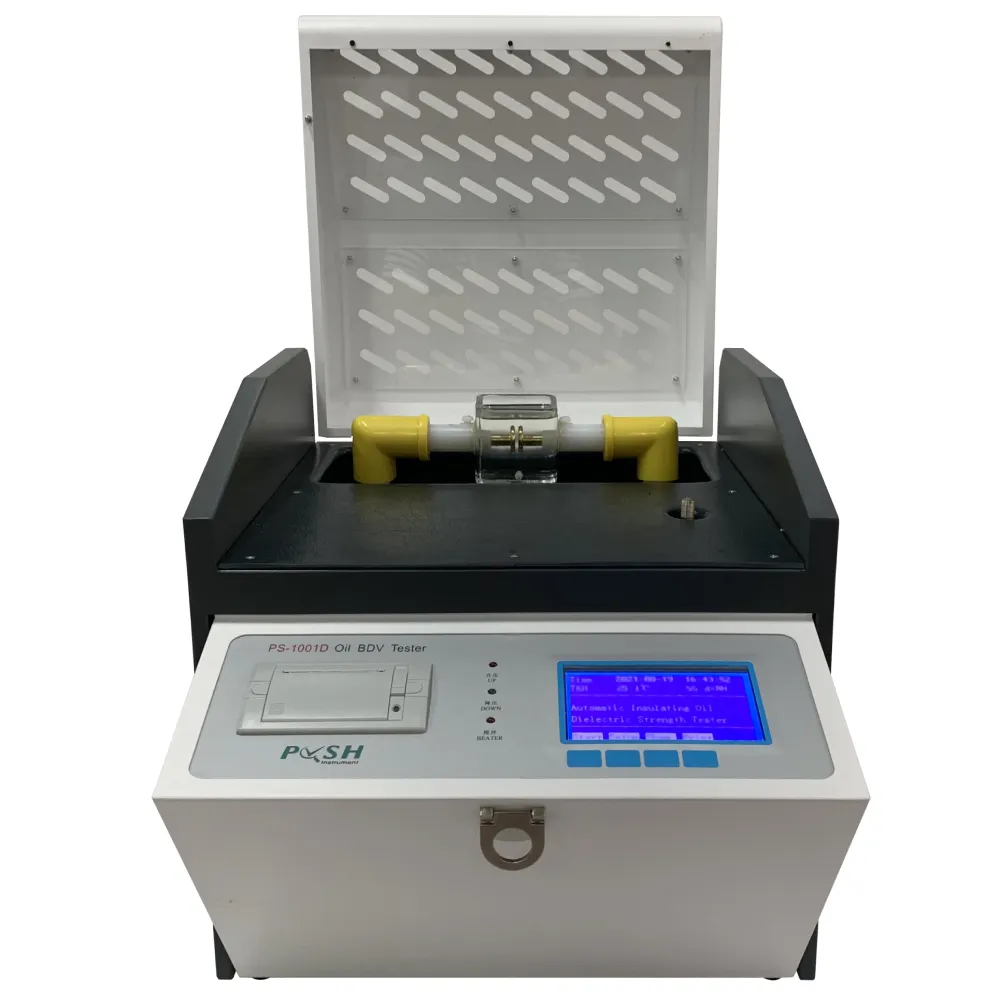 English
English



-
 Afrikaans
Afrikaans -
 Albanian
Albanian -
 Amharic
Amharic -
 Arabic
Arabic -
 Armenian
Armenian -
 Azerbaijani
Azerbaijani -
 Basque
Basque -
 Belarusian
Belarusian -
 Bengali
Bengali -
 Bosnian
Bosnian -
 Bulgarian
Bulgarian -
 Catalan
Catalan -
 Cebuano
Cebuano -
 China
China -
 China (Taiwan)
China (Taiwan) -
 Corsican
Corsican -
 Croatian
Croatian -
 Czech
Czech -
 Danish
Danish -
 Dutch
Dutch -
 English
English -
 Esperanto
Esperanto -
 Estonian
Estonian -
 Finnish
Finnish -
 French
French -
 Frisian
Frisian -
 Galician
Galician -
 Georgian
Georgian -
 German
German -
 Greek
Greek -
 Gujarati
Gujarati -
 Haitian Creole
Haitian Creole -
 hausa
hausa -
 hawaiian
hawaiian -
 Hebrew
Hebrew -
 Hindi
Hindi -
 Miao
Miao -
 Hungarian
Hungarian -
 Icelandic
Icelandic -
 igbo
igbo -
 Indonesian
Indonesian -
 irish
irish -
 Italian
Italian -
 Japanese
Japanese -
 Javanese
Javanese -
 Kannada
Kannada -
 kazakh
kazakh -
 Khmer
Khmer -
 Rwandese
Rwandese -
 Korean
Korean -
 Kurdish
Kurdish -
 Kyrgyz
Kyrgyz -
 Lao
Lao -
 Latin
Latin -
 Latvian
Latvian -
 Lithuanian
Lithuanian -
 Luxembourgish
Luxembourgish -
 Macedonian
Macedonian -
 Malgashi
Malgashi -
 Malay
Malay -
 Malayalam
Malayalam -
 Maltese
Maltese -
 Maori
Maori -
 Marathi
Marathi -
 Mongolian
Mongolian -
 Myanmar
Myanmar -
 Nepali
Nepali -
 Norwegian
Norwegian -
 Norwegian
Norwegian -
 Occitan
Occitan -
 Pashto
Pashto -
 Persian
Persian -
 Polish
Polish -
 Portuguese
Portuguese -
 Punjabi
Punjabi -
 Romanian
Romanian -
 Russian
Russian -
 Samoan
Samoan -
 Scottish Gaelic
Scottish Gaelic -
 Serbian
Serbian -
 Sesotho
Sesotho -
 Shona
Shona -
 Sindhi
Sindhi -
 Sinhala
Sinhala -
 Slovak
Slovak -
 Slovenian
Slovenian -
 Somali
Somali -
 Spanish
Spanish -
 Sundanese
Sundanese -
 Swahili
Swahili -
 Swedish
Swedish -
 Tagalog
Tagalog -
 Tajik
Tajik -
 Tamil
Tamil -
 Tatar
Tatar -
 Telugu
Telugu -
 Thai
Thai -
 Turkish
Turkish -
 Turkmen
Turkmen -
 Ukrainian
Ukrainian -
 Urdu
Urdu -
 Uighur
Uighur -
 Uzbek
Uzbek -
 Vietnamese
Vietnamese -
 Welsh
Welsh -
 Bantu
Bantu -
 Yiddish
Yiddish -
 Yoruba
Yoruba -
 Zulu
Zulu
Short Circuit Testing of Transformers for Determining Impedance and Efficiency Characteristics
Short Circuit Test of Transformer
The short circuit test of a transformer is an essential procedure performed to determine its parameters and characteristics under conditions that replicate its operational environment. By applying this test, engineers can gather crucial data for evaluating the efficiency and performance of transformers, which are critical components in electrical power systems.
Purpose of the Short Circuit Test
The primary purpose of the short circuit test is to measure the equivalent series impedance of the transformer, specifically its reactance and resistance. This is essential in analyzing how the transformer behaves under short circuit conditions, which can occur due to faults or overloads in electrical systems. Understanding these parameters helps in estimating voltage drops, heat generation, and overall performance during such failure scenarios.
Testing Procedure
The short circuit test is performed using a three-phase transformer setup. Initially, the transformer is connected to a low voltage supply, and one of the windings (usually the high voltage side) is short-circuited. By applying a reduced voltage to the low voltage side, the test can be conducted safely without causing undue stress to the transformer.
During the test, the following aspects are monitored
1. Input Voltage (V) The voltage applied to the input side of the transformer. 2. Input Current (I) The current flowing through the transformer during the test. 3. Power (P) The power consumed, measured using a wattmeter.
These readings are essential for calculating the transformer's impedance.
Calculating Parameters
From the results of the short circuit test, the following parameters can be calculated
short circuit test of transformer is done to determine the

1. Impedance (Z) This is calculated using Ohm's law (Z = V/I), where V is the applied voltage and I is the input current during the test. The impedance reflects the total opposition to current flow in the transformer.
2. Resistance (R) This can be determined by estimating the power loss during the test. The resistance is calculated using the equation \( R = P/I^2 \), where P is the power loss, allowing engineers to understand how much energy is dissipated as heat.
3. Reactance (X) Once the resistance is known, the reactance can be calculated as \( X = \sqrt{Z^2 - R^2} \), providing insights into the inductive properties of the transformer.
Importance of the Test
The short circuit test is vital for several reasons
1. Design Validation It helps in validating the design and specifications of the transformer, ensuring it can handle expected load conditions without failure.
2. Performance Assessment By understanding the impedance and losses within the transformer, engineers can evaluate performance under various loads and fault conditions.
3. Safety Measures The data obtained assists in designing protective relaying and safety measures to prevent damage during actual short circuit events.
4. Maintenance and Troubleshooting Periodic testing can help identify wear and degradation over time, enabling proactive maintenance and reducing downtime in industrial applications.
Conclusion
In summary, the short circuit test of transformers is a fundamental procedure that provides key insights into the device’s operational efficiency, safety, and performance under fault conditions. By carefully analyzing the parameters obtained from this test, engineers can make informed decisions about transformer selection, operation, and maintenance, ultimately leading to more reliable and efficient electrical power systems. This test not only enhances the lifespan of transformers but also safeguards the entire electrical grid from catastrophic failures. Thus, the short circuit test stands as a cornerstone in the design and maintenance of transformers in the modern electrical landscape.
-
Testing Equipment Industry Sees Major Advancements in 2025: Smart & Precision Technologies Lead the WayNewsJun.06,2025
-
Applications of Direct Current Generators in Renewable Energy SystemsNewsJun.05,2025
-
Hipot Tester Calibration and Accuracy GuidelinesNewsJun.05,2025
-
Digital Circuit Breaker Analyzer Features and BenefitsNewsJun.05,2025
-
Benefits of Real-Time Power Quality Monitoring Devices for Industrial EfficiencyNewsJun.05,2025
-
Earth Fault Loop Testing in High-Rise Building Electrical SystemsNewsJun.05,2025



